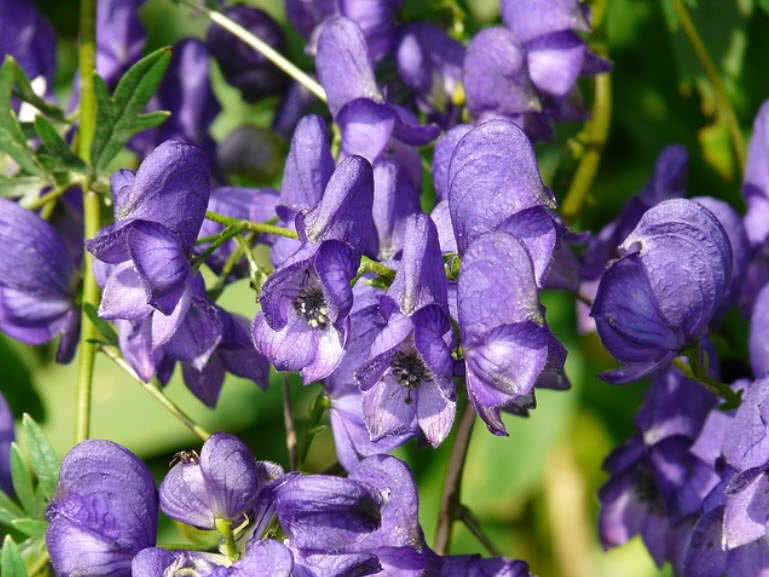

They then release this energy into the skin where it causes damage to DNA in the skin’s epidermis, causing skin cell death. The furanocoumarins are changed temporarily into a high-energy state when they absorb photons from the sunlight. It is these toxins that induce phytophotodermatitis, irritating the skin of susceptible people and causing blisters with exposure to ultraviolet (UV) radiation in the UV-A range. Fruits > Bergapten, isopimpinellin, phellopterin, xanthtoxin, heraclenin, imperatorin, byakangelikol, byangelicin.Roots > Bergapten, pimpinellin, isopimpinellin, sphodin.

In the green parts, psoralen (the parent compound of furanocoumarins) has also been found to be most concentrated in the plant’s stem skin. They are most concentrated in the plant’s roots and fruits. High concentrations are responsible for phytotoxicity. Here are my thoughts based on the research papers I have read.įuranocoumarins (also called furocoumarins) are the biochemicals made by plants in the Apiaceae ‘celery family’ mainly to protect themselves from attack by fungus pathogens. So I have spent some time reading the research on celery and parsnip allergies, psoralen, furanocoumarins and other exciting stuff. So is common hogweed actually dangerous?įirstly, I do point out to people on my courses that any one can be allergic to anything and that celery – also an Umbellifer in the Apiaceae family – is the leading cause of food allergy in Europe. I wonder if the effect may be cumulative in some people? I eat loads and haven’t developed any reaction”.

I did have one experienced forager at the weekend who declined to taste the seeds, having experienced some tingling in his mouth from tasting them in the past. In fact I’ve had more people not get on with chanterelles than common hogweed. My friend Mark Williams, also a foraging tutor, says “I have now fed it (well fried, almost to caramelisation) to several hundred people with no adverse reactions reported. I have picked it when young (without gloves) and eaten it for years: leaf shoots, flower buds, use the seeds as a spice and the root as a tincture and flavouring and I know other people who eat it every year. It also has a long medicinal use in mainland Europe. In all the years that I have taught foraging, I have never personally known anyone have a hogweed allergy. I have 3 acres in Scotland dominated by hogweed and handle it a lot albeit with the respect that I handle all large plants. So I decided to look at the plant’s biochemistry and research literature to see under what conditions common hogweed could be dangerous. I was also intrigued by my friend Robin Harford‘s report of another (his seventh) common hogweed allergic reaction reported to him in Devon.

There are reports of people using a strimmer to cut common hogweed who have experienced burns from triggering production of the irritating sap. By and large, common hogweed is safe and perfectly edible under ‘normal’ conditions however it’s important to be aware of the conditions when it isn’t safe. It is commonly confused and misreported and a Google search can result in a lot of erroneous information. It’s also not to be confused with giant hogweed which has very high levels of furanocoumarins in the sap, and any contact with its sap will give you severe phototoxic burns. But if you try to wipe out his entire family with a huge killing machine, then you’re in trouble!”Ĭommon hogweed is not poisonous. Brush against him, even spill his pint, and he’ll accept your apology and carry on with his pint. Common hogweed, on the other hand, is the quiet, wiry, calm guy at the end of the bar. Just brush against him, not even spilling his drink, and he will attack you viciously. He’s all pumped up and itching for a fight. Giant hogweed is the drunk, aggressive, muscular guy on steroids. “The difference between common and giant hogweed is like going to the pub on a night out. It brings a smile and helps people to understand the hogweeds. 2020 update: the following is a quote of mine that I use when teaching people who come on my foraging courses.


 0 kommentar(er)
0 kommentar(er)
